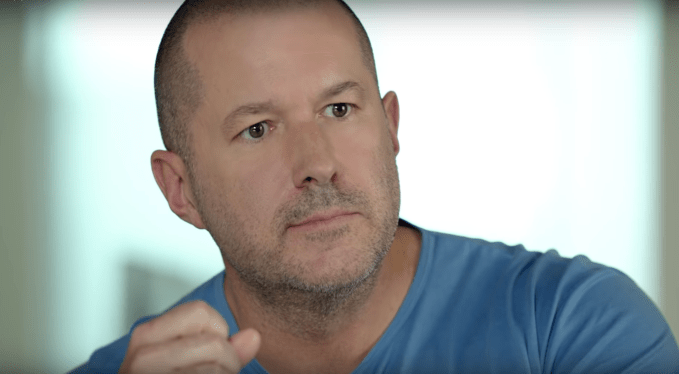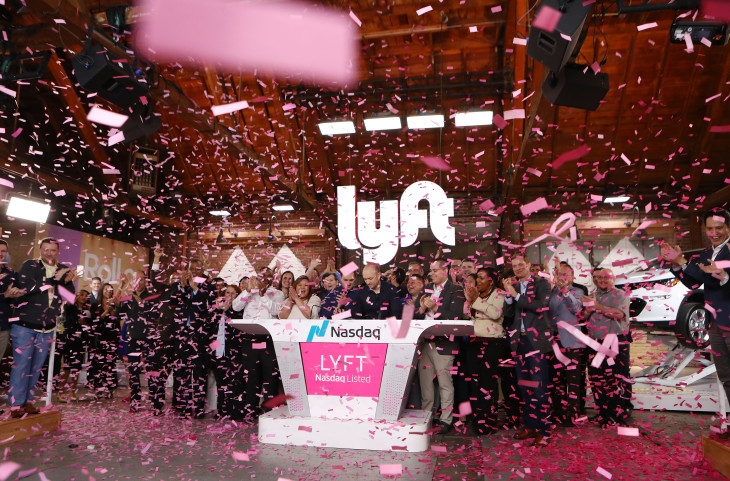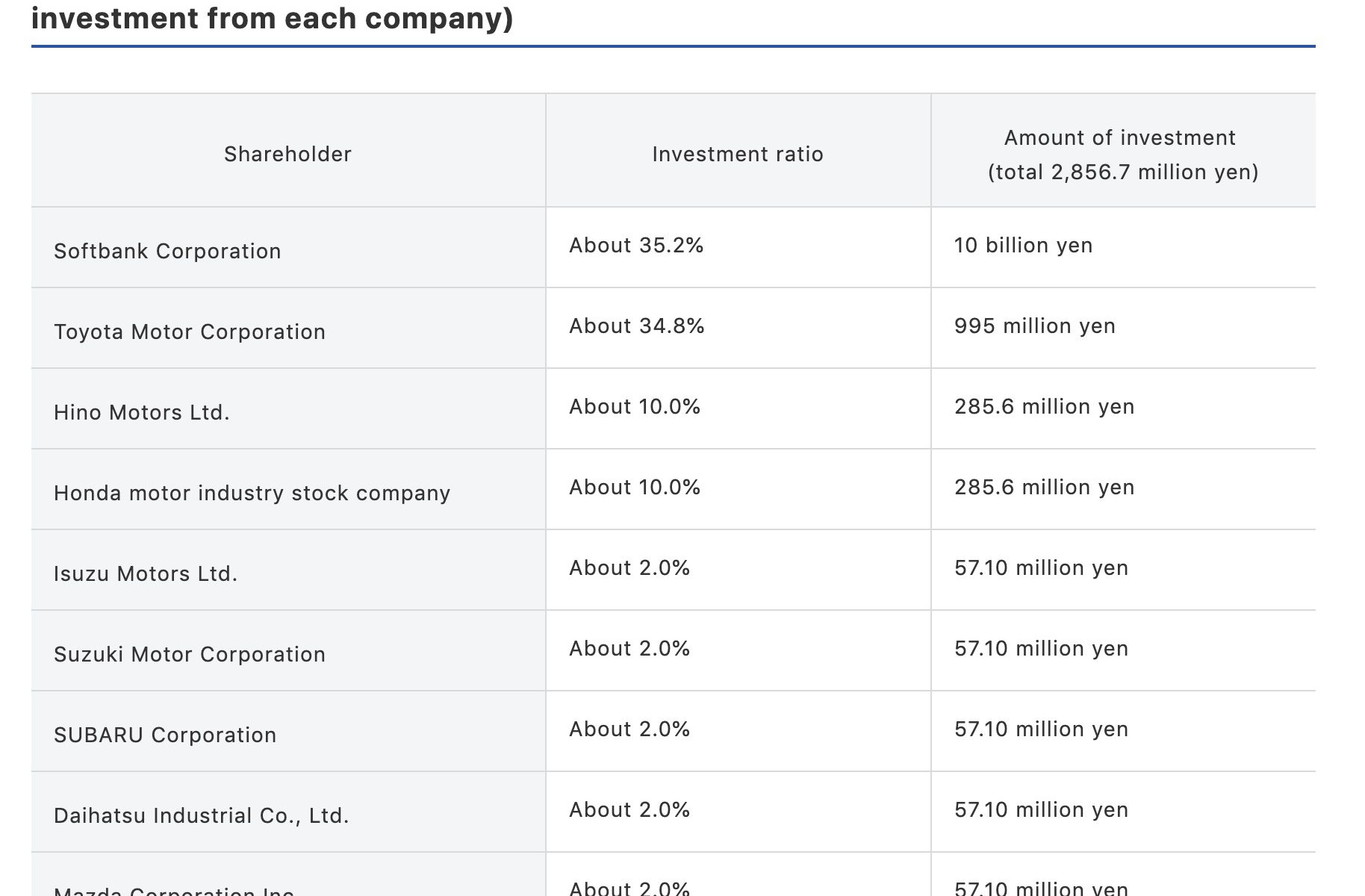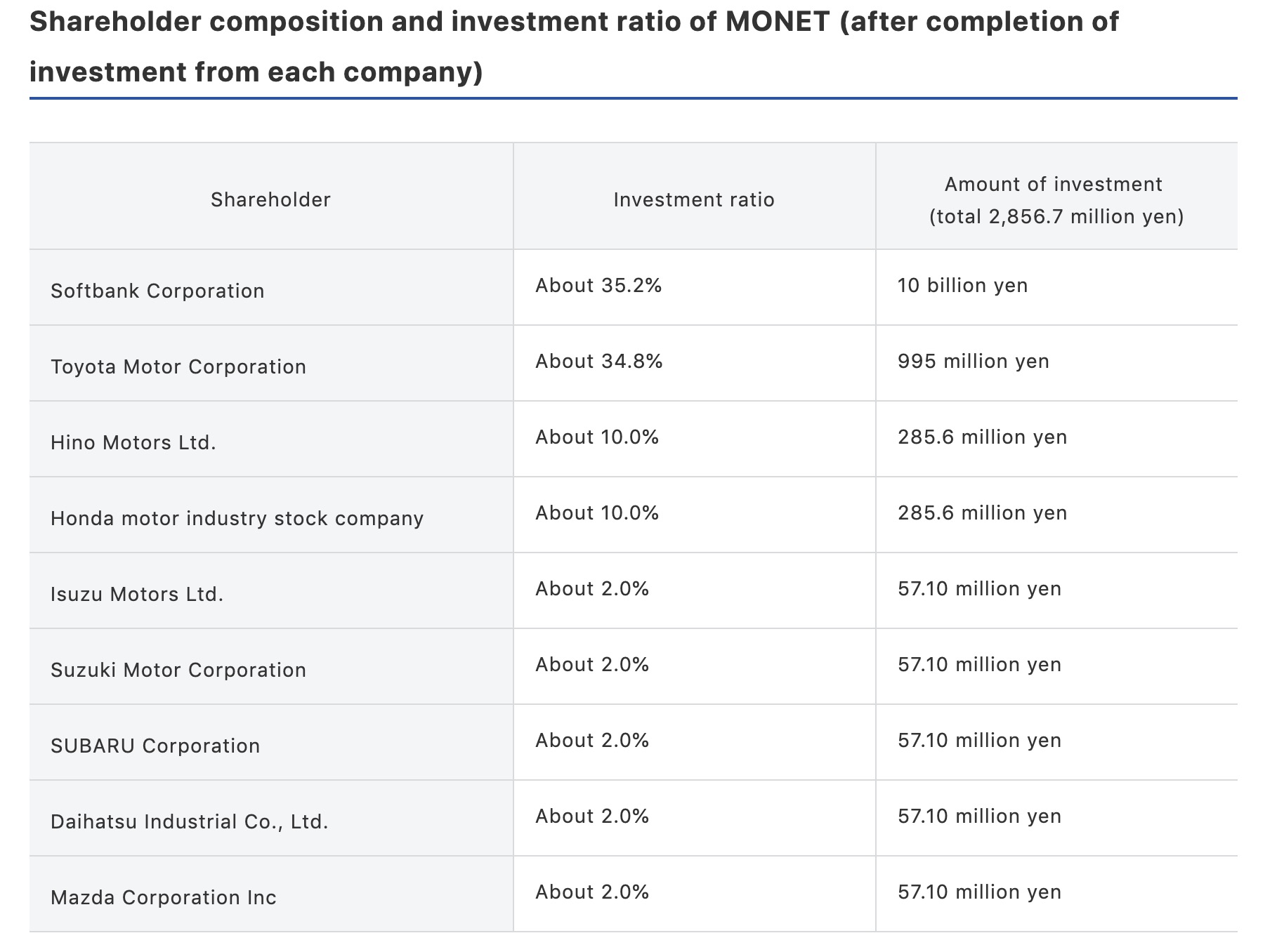Ken is an engineering manager at Airbnb building products that enable entrepreneurs to provide hospitality on the platform. Outside of work he enjoys Muay Thai, Pekiti Tirsia Kali (Filipino sticks & knives fighting), cooking, and writing.
A wave of unease immediately swept through my body. Constant puffing and growling echoed around me as heavily-tattooed fighters threw forceful punches into the heavy bags. This was the scene I encountered when I stepped into Five Points Academy, a martial arts fighting gym in New York, for the first time a few years ago. Having grown up in a sheltered environment — the last time I had gotten into a fight was in kindergarten — I wasn’t sure I would fit in.
Emily, one of the instructors, immediately introduced herself and showed me some basic Muay Thai movements. The class focused on pad work, so students paired up and held Thai pads for each other to practice their moves. Emily rotated me through different partners during the class, offering me a taste of what it was like to hit pads, and I was hooked.
A year ago, my friend, Diane Wu, wrote a wonderful post arguing that “inclusion is the cause, and diversity is the effect. When an inclusive mindset is in place, diversity naturally follows.” My experience at Five Points reflects this sentiment. Despite being in a traditionally male-dominant field, roughly 40% of our instructors, half of our fighters, and half of our members are women. It’s not a coincidence that they are also widely regarded as one of the most inclusive and least “bro-y” fighting gyms in New York.
Tech has only been male-dominant in the last few decades — the first coders in the 1940s were women — while martial arts has been male-dominant for the last few millennia. If a martial arts gym can overcome systemic obstacles, we, in tech, can do better. After interviewing the owners, coaches, fighters, and members of the gym, here is what I learned about how they created an inclusive community.
Culture starts from the top
Studies have shown that culture stems from leadership, and this is demonstrated by the three owners of Five Points, Steve, Simon, and Kevin. Multiple members noted that Steve’s laid-back demeanor, Simon’s British humor, and Kevin’s always-friendly attitude were a big part of what made Five Points feel like family. As Steve explained, “People learn better if you’re encouraging as opposed to intimidating.” This welcoming culture from the top certainly encouraged a wider range of people to join and prosper, especially among more recreational fighters.
Companies are no different when it comes to establishing cultures from the top. If inclusivity is a priority, executives have to demonstrate that.
I’ve seen cases where the CEO created a committee to collaborate on establishing core values for the company, only to scrap that conversation and send out a survey asking employees to rate cultural values the CEO personally came up with. Over time, people with different viewpoints left the company, and the ones who stayed were predominantly from the same backgrounds in terms of work experience, gender, and ethnicity. Ultimately, building a culture of inclusion requires both executive buy-in and genuine follow-through actions, or else it will be hard to sustain.
“Inclusion” includes everyone
Five Points didn’t start out aiming to achieve gender parity or market to certain demographics. Instead, they focused on creating a community where everyone was welcomed. Simon summarized it well, “An inclusive culture includes everyone. By not having the right culture, you might turn away a person — not just women, but also other men — that can potentially help improve your gym directly.” He further elaborated, “We don’t want an asshole culture not just because women might be turned off—but men would, too.”
This is an important distinction. For example, it is tempting to generalize that a frat-house gym culture could keep women away. However, many men dislike such a culture as well. Instead of lumping people into groups, we can look at each individual and ask ourselves, “what environment would be welcoming for him or her?” For instance, Kevin always makes sure to take time to understand each prospective new member, give them a tour of the facilities, and discuss how the academy could cater to their needs.
We can extend this idea further: surface-level characteristics are often times just a proxy for deeper attributes, so why not go straight to the root? When I took Muay Thai classes at other gyms, the instructor would often remind everyone, “Guys, if you are paired with a girl, please go lighter.” This gender-based generalization is just a proxy for the root attribute: size. At Five Points, the instructor would instead say, “Guys (and gals), if you are paired with someone a lot smaller than you, please adjust your power to keep your partner safe.” Safety is a concern for anyone facing a bigger opponent, regardless of the gender they identify themselves with.
In tech, there has been a lot of discussion around creating a more inclusive environment for underrepresented demographics. I believe we can be more effective by augmenting this effort. In addition to asking “how can we make women feel comfortable contributing to meetings?”, we can also ask “how can we help all employees feel comfortable contributing to meetings?”[1] In addition to discussing “how can we provide support mechanisms for minorities?”, we can also discuss “how can we provide support mechanisms for employees who are not well-versed in mainstream corporate America culture?” I believe this hybrid approach can cover more ground and ensure that help is delivered to the people who need it most [2].
Treat everyone equally
A common theme among the female coaches and members I interviewed was that they felt that gender was something that did not cross their minds during class. Multiple members have commented that the instructors treated everyone equally. For example, if you were late, independent of what demographic or skill level you were, you had to do 30 pushups [3]. Giving everyone the same standards ensured that people couldn’t pick on others or make snide comments such as “Amy got off easier because she was a girl.”
One of the rules during Muay Thai drills class is to lower the power level and focus on technique. One time, Steve took Emily’s Muay Thai drills class and hit his partner a bit too hard. Emily immediately reminded Steve, “that was probably a bit too hard.” It didn’t matter that Steve was an owner and Emily was an employee — as the instructor of the class she made sure everyone followed the same rules.
Likewise, treating everyone equally starts from the beginning: the candidate experience. A common question I get is “how do we improve diversity without lowering the bar?” What I propose is to define a set of capabilities that all candidates need to demonstrate. For example, if a productive software engineer needs to be good at algorithms, system design, communication, teamwork, and breaking problems down, we should evaluate each of the five areas fairly during recruiting.
Unfortunately, many companies only look at the first two, which not only results in a non-diverse group of employees, but also those with skillsets that don’t fully map to their jobs. By communicating the standards transparently, we ensure that all employees understand that they belong, and are equally a part of the community.
Pay attention to details
Details often reflect the thoughtfulness put in to creating a culture. Ting, a Kali (a weapons-based martial art) instructor and former fighter, explained, “Many martial arts gym are dirty and smell like sweat. Five Points pays attention to details: there are hair ties and multiple hair dryers for women’s locker rooms. The mats are mopped every hour in between classes. This removes one extra stress for a lot of women who want to try out martial arts.”
Needless to say, the attention to detail applies to classes as well. A new member shared the following story with me: “Once I was getting ready to do a private session with Steve after Emily’s Muay Thai class. Emily went to Steve and said ‘she needs more work on her left roundhouse kick.’ Of course Steve then made me do left roundhouses for 30 minutes straight.”
While the member was cursing inside, she was also grateful for the attention Emily paid to her. Sonya, a long-time Kali student, also recalled that Simon would often notice when she’s flustered with a particular drill. With his classic British humor, he would remark “too much water in the bucket?” before proceeding to break down the drill further to ensure she could absorb the information.
There are many zero-cost things companies can do that could make the employees feel taken care of. For example, in the early days, Palantir, my former employer, would proactively offer employees the option to early-exercise their stock options. They also brought in tax accountants to explain how to handle the alternative minimum tax (AMT). However, I’ve also seen companies with 60+ employees where no one was given the option to early-exercise, even though it financially costs the company practically nothing.
Be adaptive to change and proactively improve
When Five Points first started, they followed the Western boxing mindset where members sparred hard. The mentality was to identify fighters who were tough and wanted it so bad they’d return after getting beaten up. Over time, as Steve and Simon traveled to Thailand, they witnessed a different style of sparring, where fighters sparred lightly and focused on technique and timing.
They revamped their sparring classes to “Thai Style Technical Sparring,” and had a few designated “hard sparring” classes. Although a few fighters were upset, Steve and Simon were convinced that this was the right approach. As Steve explained, “the old style can help you find tough people but not necessarily the best people.” Furthermore, the best fighter can come in all shapes, sizes, genders, and backgrounds, not necessarily the “tough person” who comes in day one wanting to fight.
This open mindset certainly uncovered many great fighters they wouldn’t have found otherwise, increasing the diversity of the community. One of their fighters, a former model and actress, came to Five Points never thinking she would fight. The welcoming environment and emphasis on technique during sparring made her feel safe as she leveled up her skills. Three years in, Steve asked her if she wanted to do a fight. She ended up getting hooked and went on to win multiple US Kickboxing Association International Championships.
This adaptive mindset is applicable to other areas as well. When I interviewed at Google, one of my interviewers told me that for a long time Google focused heavily on brain-teasers and algorithmic puzzles. As a result, during lunch with his team, the predominantly white and Asian male engineers with backgrounds in coding would discuss brain teasers and algorithmic puzzles.
Over time, Google’s leadership realized that brain teasers and algorithmic puzzles have little correlation with one’s performance. They then restructured their interview process, and the diversity of the team improved. Obviously there are still areas for improvement, but being able to recognize issues and adapt to new findings is critical to fostering an inclusive culture.
Enforce the rules fairly when needed
The journey to building a diverse and inclusive martial arts community is not without the occasional bumps. As a community grows bigger, there will inevitably be bad actors, and how a leader responds to them will set the tone for how the culture develops.
Emily has kicked students out of her class a few times when a bigger or more experienced fighter beat up on a smaller or less-experienced student. It did not matter if the bully was highly skilled or fought for the gym — she enforced the rules fairly with everyone. Similarly, after a 200+ lbs experienced man repeatedly beat up others during Muay Thai sparring and refused to let go on locks during Brazilian Jiu Jitsu classes, Steve asked him to leave the gym.
On the contrary, in a work environment, I have witnessed situations where someone would repeatedly yell at colleagues in front of everyone — including executives — during meetings. It got so toxic that four people from various departments requested to switch projects because they did not want to work with the person anymore. However, because the employee was deemed important by executives, they continued to let him yell at others during meetings with no repercussions.
Culture is not just slogans hung on the walls of your conference rooms. UCSF Psychiatry professor Cameron Sepah says, “Your Company Culture is Who You Hire, Fire, and Promote.” One of the triggers for a recent employee walk-out at Google was because the company paid ex-executives tens of millions of dollars after discovering allegations of sexual misconduct. Ensuring improper behavior is dealt with immediately and fairly is vital to fostering an inclusive culture.
Success breeds success
When an initiative has early traction, it is much easier to continue the momentum. Culture is the same way. When Five Points first started in 2002, they already had three high-level female fighters—one of them, Emily, even went on to win the Muay Thai World Championships. Having diversity early on helped provide role models for members from underrepresented backgrounds who were interested in fighting.
Once an inclusive culture is established, the community members will continue to be inclusive and others will want to join. One of the coaches and fighters, Gianna, explained, “Nobody made me feel like sh*t when I was new, so I want to make sure other noobs don’t feel that way either.”
Another Kali student, Sonya, who describes herself as a “girly girl,” had to work extra hard honing her skills because she did not come from an athletic background like most of the other members. However, Simon was always patient with her, continually breaking down techniques until she grasped them. Looking back, she is extremely appreciative that Simon tried very hard to make her feel comfortable, and now she recommends all her female friends to try out Kali. Her motivation? “I want girly girls to know that they’re welcome here.”
The same applies to the tech industry. I have seen series A companies with 50 employees struggle to hire women due to their gender imbalance (15% female), only to see the ratio further decrease as the company grows (10%). On the other hand, Flatiron Health, also a former employer, focused on diversity & inclusion from the get-go, including hiring senior female leaders across all functions early on. When I was there, they had roughly 50% female employees and 50% female managers.
From inclusion to diversity
Five Points Academy never started with the intent of building a gym with 50% women and members from all different ethnic and socio-economic backgrounds. Instead, the owners simply wanted to build a gym where anyone can belong, and anyone can enjoy being part of the community. By starting with inclusion, diversity followed.
I am not at all advocating for halting initiatives on diversity. It is important that we focus on diversity, and many companies are doing just that. However, just like Five Points Academy, we also need to invest in building an inclusive culture to help people thrive and grow at the company, which will further attract more diverse employees.
Footnotes
[1] Studies have shown that a man’s ideas are often taken more seriously than a woman’s. As a result, many women choose not to participate in meetings but ask a male colleague of theirs to present their ideas.
[2] For example, according to Ascend Research, Asians score the lowest in executive parity index, doing worse than Blacks and Hispanics. However, they are not considered an “underrepresented minority,” so relatively little has been done to mentor young Asian professionals on career progression.
[3] If you had physical limitations, you could substitute them with pushups on knees or another exercise.

Source: Tech Crunch

















 Cmejla insists “It isn’t about providing the capital, a short crash course, or a path to becoming a full-time VC, but about building a durable community that members can lean on and lean into as they level up.” Instead, First Round scores a way to connect founders it funds with relevant angels from its classes. That incentivizes the firm to teach savvy etiquette. Barna warns “You want to be thorough, but if you’re putting in a small check, you can’t ask founders to jump through too many hoops . . . and spend five hours just to get that dinky paycheck.”
Cmejla insists “It isn’t about providing the capital, a short crash course, or a path to becoming a full-time VC, but about building a durable community that members can lean on and lean into as they level up.” Instead, First Round scores a way to connect founders it funds with relevant angels from its classes. That incentivizes the firm to teach savvy etiquette. Barna warns “You want to be thorough, but if you’re putting in a small check, you can’t ask founders to jump through too many hoops . . . and spend five hours just to get that dinky paycheck.”


